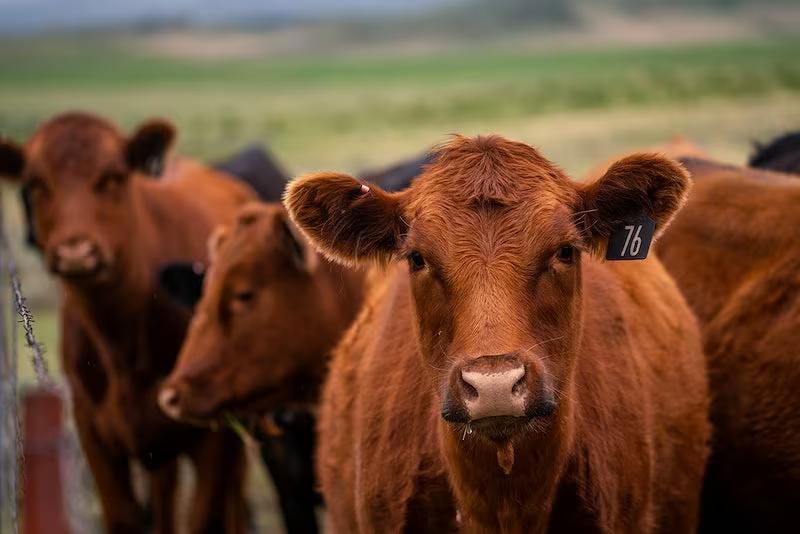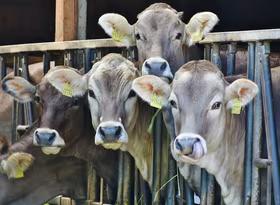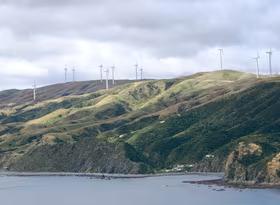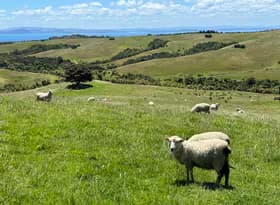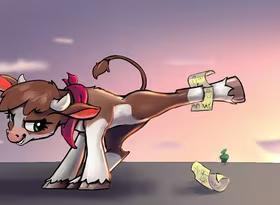In this article we look at how a price on agricultural emissions that is lower than that paid elsewhere in the economy imposes a cost on New Zealand citizens that could reach an average of $1,000 per person by 2030.
A recap on pricing agricultural emissions
In a previous article I outlined two reasons why not pricing agricultural emissions of methane and nitrous oxide is bad economics:
- Efficiency: There may well be emissions reduction options that would be encouraged by an emissions price – changes in land use or changes in feed for example. Any reduction in emissions would help to lower the cost burden elsewhere in the economy.
- Equity: Even if nothing can be done to reduce agricultural emissions, why should agriculture not pay for its share of emissions – or its share of the cost of purchasing international emission units?
Pricing agricultural emissions is intended to raise the price of carbon-intensive inputs into primary sector production to encourage a shift to less carbon- intensive inputs. To the extent this is not possible the cost of production will rise, leading to some reduction in demand. We often hear that this scenario of less food produced in New Zealand would mean that other countries with even more greenhouse gas (GHG)-intensive production methods will produce more, or that food prices would rise, further exacerbating global poverty. We have yet to see any substantive empirical support for either of these arguments.
The default policy under the current government is that agricultural emissions enter the Emissions Trading Scheme (ETS) in 2025 with 95% free allocation (so the primary sector would only pay 5% of the carbon price faced by other industries), abating at one percentage point per annum to 2030. So, in 2030, this scenario would see agricultural emissions receive 90% free allocation (only having to cover 10% of the prevailing carbon price).
Allocating the revenue from the ETS
Just how much would that free allocation cost the average person in 2030? To answer that question, we need to look at how revenue from the ETS is allocated.
In 2016 a large group of international economists including four former Federal Reserve Chairs and 27 Nobel laureates made several recommendations on climate policy, including that it should be revenue neutral (to avoid debates over the size of government) and that to maximize the fairness and political viability of a (rising) carbon tax, all the revenue should be returned directly to citizens through equal lump-sum rebates.
The table below presents some projections to 2030, assuming a carbon price of $150/tonne CO2e and no policy changes.
The top line of the table shows gross CO2e emissions in 2030, estimated to be around 70,000 kt under current policies, implying theoretical revenue of $10.5b, potentially about $1,900 per person.
Next, we consider, on a line by line basis, how that revenue is, or could be distributed.
Firstly, some of this revenue never appears because industries such as steel and aluminium receive partial free allocation of units (about 7500 kt) – worth about $1.125b by 2030.
Secondly, another $1.620b will be required to pay for emissions sequestration by forestry (10,800 kt).
Thirdly, as our net emissions seem unlikely to meet New Zealand’s internationally announced target, another $2.340b will be required to purchase international emission units (at the assumed $150/tonne).
After those deductions $5.415b remains – although it actually does not, because it is entirely absorbed by the free allocation to agriculture.
That $5.415b represents the difference between each citizen receiving $980 (just in 2030) or nothing.
What of the cost to dairy farmers for example? At the current milk solids price of about $8.30/kg, an emissions price of $150/tonne CO2e with 90% free allocation would reduce the effective payout by 13c/kg, or about 1.6%. Without free allocation the effect would be $1.31/kg, assuming absolutely no measures to reduce on-farm emissions.
A question of fairness
We are frequently told by agricultural lobbyists and others that a price on emissions without known options to reduce emissions is unfair. That argument is completely false. Emissions are a negative externality – they impose a cost on others. A price on an externality is intended to internalise that cost. That is, those who are responsible for the externality, in this case emissions, should pay for it. If that leads to a reduction in emissions, fine. If not, so be it; at least the cost burden would be fairly allocated. There’s no such thing as a free lunch – not in the end at least.
Do New Zealanders want to effectively subsidise agricultural emissions to the tune of nearly $1,000 per person by 2030?
